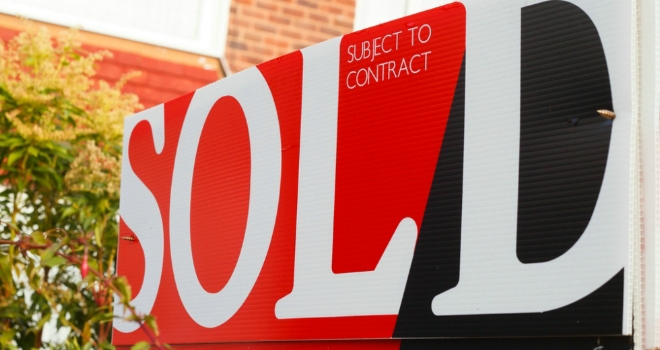
According to the report from Zoopla, the gap between average asking prices to average achieved prices has increased in Q1 2019 across nearly all (16) cities, compared to 2018.
With the exclusion of Leicester, these discounts are increasing off a relatively low base and indicate that buyers are not prepared to keep pace with asking price growth. Different market dynamics in Edinburgh and Glasgow mean property sells for more than the asking price but the scale of the premium has declined in 2019Q1 compared to 2018.
Regional breakdown
The current UK average for the gap between asking price to selling price is 3.9%, up from 3.3% in 2018. Six cities registered average discounts above the current national average, with Aberdeen registering the highest discounts at over 8%. This is consistent with the decrease in demand for housing in the city due to the collapse in the oil price since 2015. Newcastle and Liverpool also registered higher gaps than the national average although the level of discounts has narrowed over the last 3 years as underlying market conditions improve.
Only two cities, Glasgow and Edinburgh, registered average sale prices as higher than average asking prices. Typically, properties in Edinburgh sell for 6.3% more than their listing price, while stock in Glasgow shifts for 5.2% above asking price.
Discounts increase in London
In London, which has led the slowdown in house prices, the average differential between asking price and selling price has increased from 4.8% in 2018 to 5.7% today. Price falls have been concentrated in inner London areas where average discounts are highest at 7.6%. In some central areas, such as Kensington & Chelsea, buyers continue to achieve double digit discounts. In outer London and the commuter locations, the gap is lower, averaging 5.1%.
House price growth softens
The level of house price growth across UK cities continues to slow, following the national trend. UK Cities registered the smallest spread in annual growth since 1996 according to the latest Zoopla UK Cities House Price Index. Price growth ranged from +5.1% in Glasgow, which is the lowest growth rate of the best performing city since 2012, to -0.5% in London. Overall, house prices increased by 1.7% over the 12 months to April 2019.
The latest index results reveal a softening in the annual rate of growth across most cities, with this slowdown now extending beyond southern England. Manchester, Nottingham and Leicester are among the regional cities registering a slowdown in price growth. The deceleration in house prices is still most marked in southern England with Bristol, Portsmouth, Bournemouth and Southampton all registering price inflation at or below 2.5%.
Richard Donnell, Research and Insight Director at Zoopla, comments: “This latest index report reveals a continued moderation in the rate of UK city house price growth as the slowdown extends beyond south eastern England. It has been twelve years since the fastest growing city was recording price inflation of 5.1%.
Sellers are having to accept slightly higher discounts to the asking price in order to achieve a sale. This is a natural response to weaker market conditions and buyers are starting to negotiate harder on price. The increase between asking and selling price is off a low base. Correctly priced homes continue to sell within a reasonable period and setting the asking price at the right level remains a key decision to agree with your agent.
Market conditions remain weak in London and the level of discounting continues to increase. We expect the price adjustment in London to continue although we do expect sales volumes to start to tick upwards. The slowdown in the rate of price growth is set to extend further across the south of England while we expect continued above average house price growth in regional cities where employment levels continues to grow, and affordability is attractive.”





